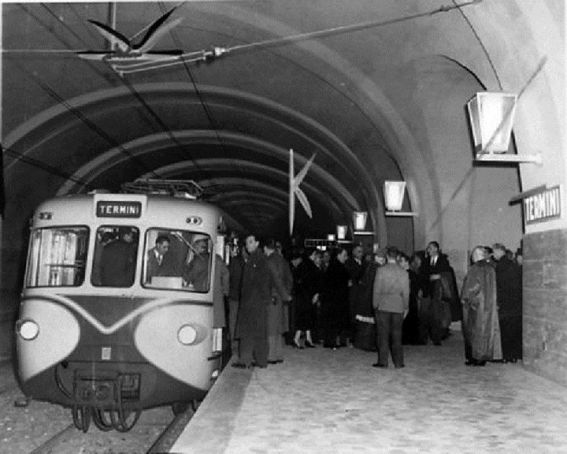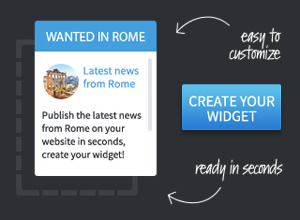Italy's first metro line was inaugurated in Rome 70 years ago.
The first underground subway route in Italy - known today as Rome's Metro B - was inaugurated in the capital on 9 February 1955, connecting Termini central train station to the EUR district.
The opening ceremony was attended by Italy's then president Luigi Einaudi and transport minister Bernardo Mattarella, father of the current Italian president, Sergio Mattarella.
Reaching speeds of up to 80 km/ph, the trains could carry 20,000 people an hour and departed every four minutes.
"A legend becomes reality" was how the arrival of the metro is hailed by the Istituto Luce which described it as a "strange encounter" between the city's "millennial and very modern history".
Paradoxically, Rome's first metro is called Metro B, even though it was built before Metro A which opened on 16 February 1980, linking the Cinecittà suburb with Ottaviano near St Peter's.
The title of first metro in Italy is held by Metro B even though Naples had a underground railway line known as Metropolitana FS (today called Linea 2) in operation since 1925. However the line did not have the necessary characteristics to be considered a real subway.
Work on Metro B began in the 1930s, during the fascist era, but construction was stalled by the outbreak of world war two, during which the subway tunnels were used as air raid shelters.

In 1990 the B line was extended from Termini to Rebibbia in the east of the capital, while in 2012 the B1 line opened, branching off from Bologna to the Jonio station which opened in 2015.
After a series of extensions on the A and B lines, work began on the construction of the driverless Metro C in 2006, with the first section, between Pantano and Centocelle, opening in 2014.
Metro C meets Metro A at the San Giovanni interchange, which opened in 2018, and works are currently underway to connect Metro C with Metro B at the Colosseum.




















